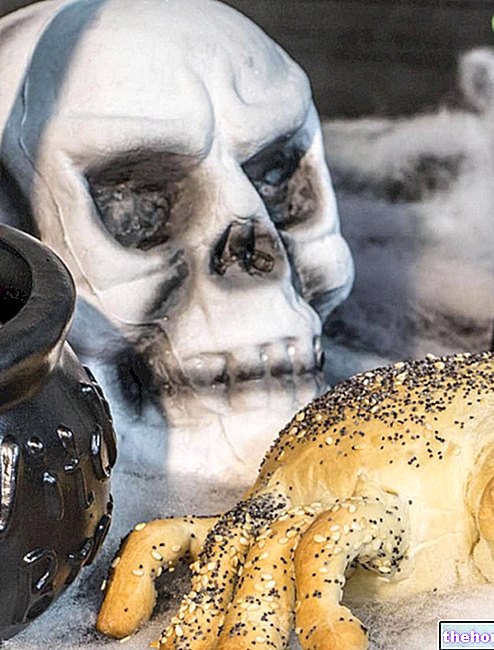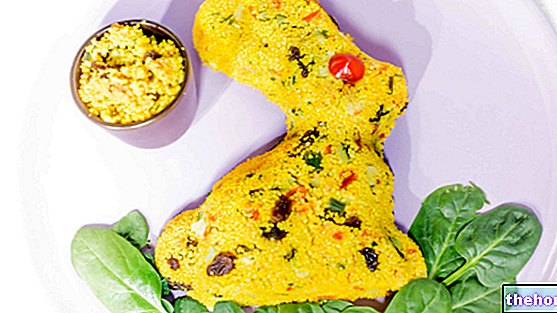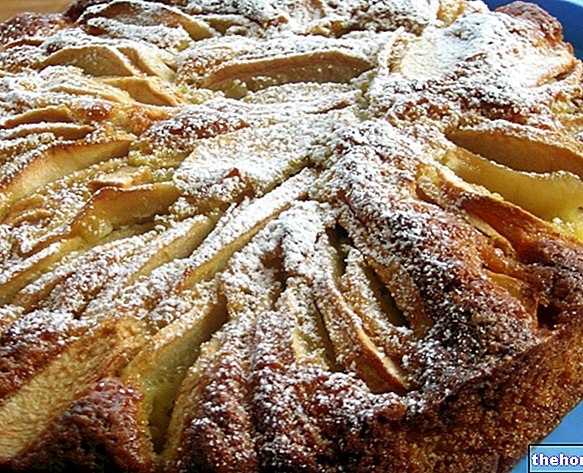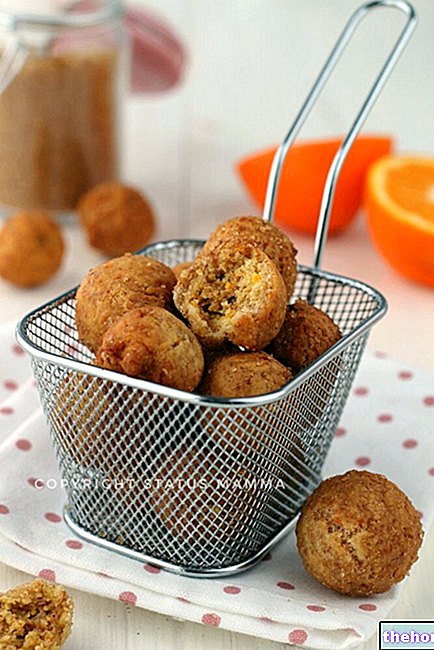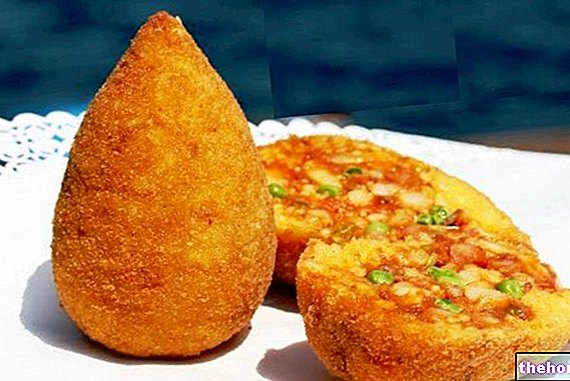Today we will prepare the protein pasta together: it is a food supplement characterized by low levels of fats and carbohydrates, and an excellent protein content. In addition to being rich in proteins, protein pasta provides a lot of dietary fiber, both for the presence of "inulin" in the dough, and for the fiber contained in the vegetable sauce. Another very important advantage of protein pasta is its high satiating power: this means that it is sufficient to take a smaller portion of pasta than normal to obtain the same satiating effect.
Let's get to work immediately.
Video of the Recipe
Problems with playing the video? Reload the video from youtube.
Identity Card of the Recipe
- 154 KCal Calories per serving
-
Ingrediants
For pasta
- 110 g of re-milled durum wheat semolina
- 25 ml of water
- 40 g (1 medium) of egg white
- 60 g (1 whole) of eggs
- 7 g of inulin
- 10 g of soy lecithin
- 30 g of whey protein
- 110 g of white flour of type 00
For the sauce
- 150 g of carrots
- 250 g of zucchini
- 2 tablespoons of extra virgin olive oil
- q.s. of salt
- q.s. of pepper
Materials Needed
- Rolling pin or electric machine to roll out the dough
- Strainer for sifting the flour
- Pot for cooking pasta
- Pan for cooking vegetables
- Wooden spoon
- 1 ladle with holes (skimmer)
- 1 tray for storing pasta (optional)
- Towel or cling film to cover the dough
- 1 zigzag dough cutter wheel
Preparation
- Prepare the vegetarian pasta sauce. After having washed and cleaned the vegetables, mince the carrots and courgettes into julienne strips using the special machine.
- Pour 2 tablespoons of oil into a large pan and brown the vegetables over high heat for 5 minutes, adding salt and pepper. Then, lower the heat, cover the pan with the lid and continue cooking slowly, stirring occasionally.
- Meanwhile, prepare the pasta: in a bowl, combine the sifted flour, semolina, inulin, soy lecithin and ultra-microfiltered whey proteins. Mix well with a wooden spoon.
- Then add the egg white, the whole egg and the water and mix all the ingredients well
- At this point, divide the dough into two parts: wrap the first ball in a sheet of cling film, to prevent the surface from drying out. Roll out the remaining dough with a rolling pin or with an electric machine. To avoid breaking the dough, it is advisable to roll out the mixture to a thickness of at least 3 mm.
Attention
The resulting dough - which must not be too hard to work - is more delicate and less elastic than the classic homemade egg pasta. For this reason, it is recommended to pay particular attention during the drafting and to sprinkle the pasta with semolina during processing.- After having rolled out the dough sheet, cut out many small rectangles with an approximate size of 3x2 cm. With the thumb and forefinger of one hand, close each rectangle of dough in the center, forming a bow. The pasta must not be too dry and dry (be careful not to overdo it with the flour!) Otherwise the edges of the rectangle do not adhere and the butterfly does not form.
- Proceed in this way until the pasta is used up.
- In the meantime, the vegetable sauce will be ready.
- Dip the pasta in abundant salted boiling water and cook for 5-6 minutes. At the end of cooking, transfer the farfalle into the sauce and sauté them in a pan for a minute.
- Serve piping hot.
Alice's comment - PersonalCooker
The protein pasta proposed by My-personaltrainerTv is ready: healthy, good, satiating and naturally rich in proteins. Due to the presence of inulin, protein pasta can also be considered a diabetic pasta in all respects: in this case, however, it is advisable to replace white flour with wholemeal flour, with a lower glycemic index, Do not miss my upcoming protein recipes, always on this channel.Nutritional values and Health Comment on the recipe
Protein Pasta with Vegetables - Pasta for Diabetics - is a first course characterized by a lower glycemic load than first courses with traditional pasta, and by a moderate glycemic index. Although the values shown on the side are to be interpreted as COOKED pasta, this still boasts a discrete IPO-caloric content. The average portion of Protein Pasta with Vegetables - Pasta for Diabetics fluctuates between 200 and 250g (310-460kcal).

